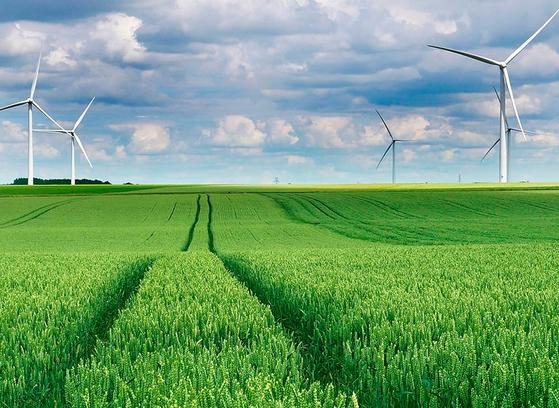5G is going to unlock massive potential in the global economy, and technological advancements that were once thought impossible will become a reality. However, I’d like to focus these few lines on the fact that 5G will realize that potential in an age of environmental crisis.
In 2022, we will see pressure mounting on 5G network operators - from markets, governments and civil society - to make their networks greener. That pressure is already increasing, but we shouldn't wait until we are forced to act on this existential problem.
Researchers have predicted (PDF) that by 2040, the Information and Communications Technology sector will account for 14 percent of global greenhouse emissions. If 5G is going to take up a big chunk of the total, then it needs to have a role in shrinking that total too.
As the first week of COP26, the 26th UN Climate Change conference, draws to a close, we must recognize that the greening of 5G has to start with the networks themselves. Early signs from some CSPs – such as Vodafone, which has pledged to become net-zero by 2040, BT, which aims to have net-zero “operational emissions” by 2030, and many more – are good. But the use of mobile data is going to continue to grow massively, and that will be reflected in the planet’s carbon output if we don’t invest in 5G technologies that can bring about high performance with high efficiency. That’s a critical point, but 5G’s role here can’t stop at mitigation - it has to enable a greener planet in new ways.
By driving the technologies that can help reduce carbon output, 5G can be part of the solution to tackling climate change, and meeting COP26’s core target of securing global net-zero emissions by the middle of the century and keeping a rise of no more than 1.5 degrees within reach.
Take the modern city - a metropolis of human activity and hive of energy use. 5G-enabled technologies, such as massive IoT (Internet of Things), will be a central part of cities in the near future and they too will play a role in cutting emissions.
Smart utilities will be able to better understand and manage a city’s energy use by cutting down on waste and inefficiencies. According to one US Energy Department report (PDF), a smart energy grid could cut emissions by as much as 12 percent.
The smart buildings that those utilities service will further be able to save energy by switching off utilities automatically - like lights - that aren't being used. This might seem like a small improvement but according to a Brookings report (PDF), buildings are responsible for up to 42 percent of global energy consumption.
5G-enabled traffic management systems, using a galaxy of sensors embedded throughout streets, will help cut down on congestion and pollution. The driverless cars on those streets will have their own role in cutting emissions by using energy more efficiently.
The Columbia Climate school has said that “5G technology with IoT will be able to increase efficiency, reduce greenhouse gas emissions and enable more use of renewable energy.” This isn’t a foregone conclusion - if we don’t make the right decisions and empower the right technologies, then 5G could end up adding to the problem.
The opportunities for both massive 5G innovation, meeting the carbon-reduction targets that will hopefully be agreed at COP26, and ultimately securing a greener planet lie before us, we just need to choose them.
With Infovista’s drive to help you automate the lifecycle of your network, you can take some important steps forward towards a greener world.










